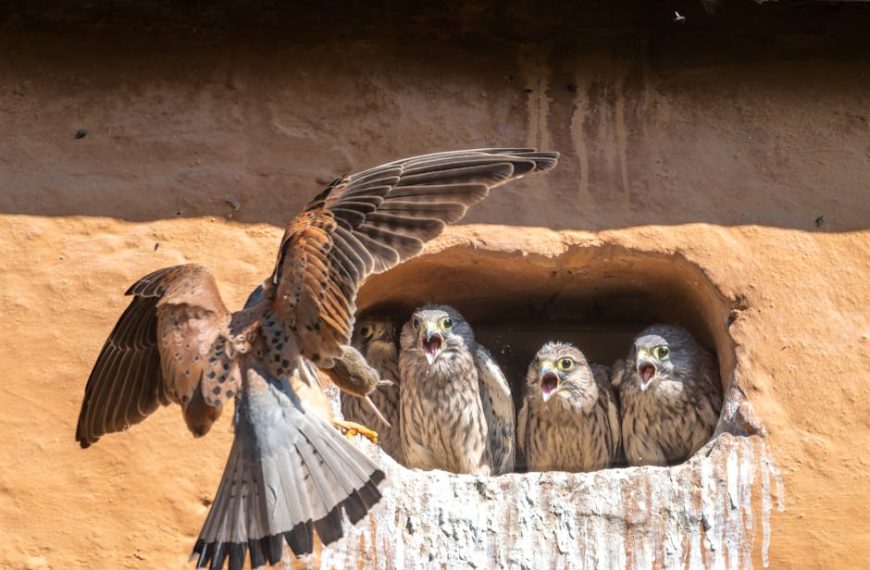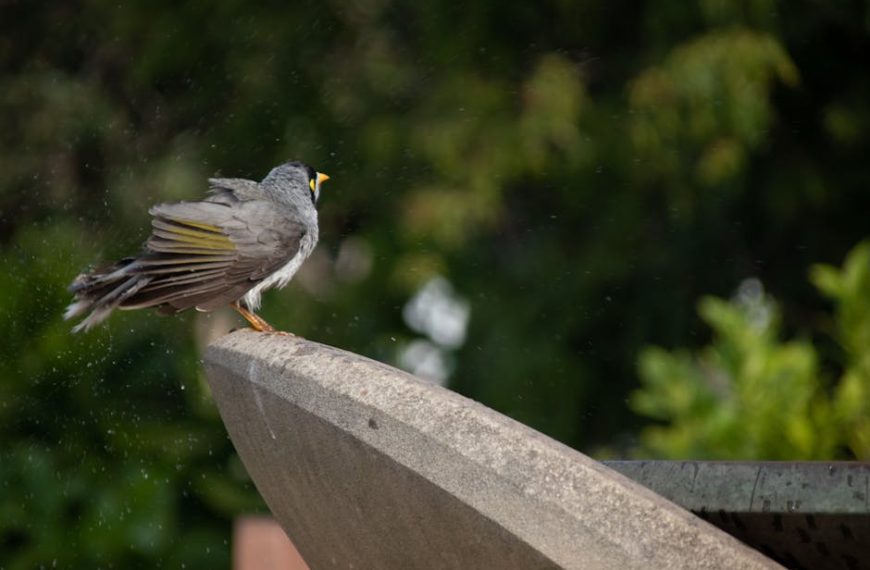Relocating a bird’s nest is sometimes necessary when the original location may be dangerous for the nestlings or when human activities interfere with the nest’s existence. It’s important to manage nest relocation ethically and legally, being careful not to violate any laws protecting birds and their habitats. In this article, you’ll learn about the key aspects to consider before the relocation, the necessary tools and materials, step-by-step process to follow, and the post-relocation care. It is, however, vital to understand the rules and ethics surrounding this delicate task.
Understanding Legalities and Ethics of Moving Bird’s Nest
Relocating a bird’s nest isn’t just about picking up the nest and moving it to a different place. There are legal regulations and ethical considerations to keep in mind. Many countries, including the US, have laws that protect migratory birds, their eggs, and nests. Violating these laws may result in firm penalties.
Always check with your local wildlife laws before undertaking a bird’s nest relocation. Your local wildlife preservation or bird watching group can provide valuable guidance.
In addition to legal factors, ethical considerations play a crucial role in nest relocation. Ensure that the action is necessary and that the movement causes minimal disturbance to the bird and its nest’s occupants.
The Importance of Timescale in Bird’s Nest Relocation
Timing is crucial when considering moving a bird’s nest. The best time for relocation is when the nest is unoccupied and no eggs are present. This can be during the early stages of nest-building, or after the fledglings have left the nest.
Here is a checklist that can help pinpoint the right time:
- Observe the activity in the nest.
- If there are eggs or hatchlings, wait until they have matured and left the nest.
- If the nest is incomplete or no longer being used, it may be an ideal time to relocate.
Experts suggest checking nest activity for a few days before making any relocation decisions. By doing so, you minimize potential harm to the birds.
Tools and Materials Required for Safe Nest Relocation
Moving a bird’s nest requires some basic tools and materials. Here is a list of what you may need:
- Gloves
- A box or a container
- A soft cloth
- Gardening tools (optional)
While using gloves reduces the transfer of harmful human scent or bacteria onto the nest, a soft cloth can provide a gentle barrier between the nest and the box. The right choice of tools can make a difference, not only in successfully completing the task but also in ensuring the nest occupants’ safety and comfort.
Every tool and material has its advantages and disadvantages. Gloves, for instance, protect the nest from human scent but might make handling trickier. It’s crucial to weigh these pros and cons before embarking on the nest relocation exercise.
Proper Steps to Safely Relocate a Bird’s Nest
Relocating a bird’s nest requires carefully executed steps to ensure the safety and well-being of the birds. Below is a detailed guide:
1. Confirm that the nest is vacant. This can be done by observing the nest quietly from a distance to ensure no birds are active inside.
2. Wear gloves. These can reduce the transmission of bacteria from your hands to the nest.
3. Gently wrap the nest with a soft cloth. This provides an extra layer of protection during the move.
4. Carefully place the nest into a container or box. Be sure not to jostle or tip the nest.
5. Transport the nest slowly and carefully to its new location. The new site should be quiet, secure, and well clear of predators.
6. Gently remove the nest from the box and place it in its new location. Double-check that it’s stable and safe.
7. Retreat and allow the birds to discover their relocated nest. Be patient, this may take some time.
Try to maintain minimal contact and interference with the nest. The less human interaction it has, the better the chances of the birds returning to it.
Post-Relocation Care and Considerations
Once you’ve successfully relocated a bird’s nest, there are a few more steps to follow to ensure the nest’s survival and the safety of its occupants:
1. Monitor the nest from a distance. Log the bird activities and check if the adults return to the nest and continue their care.
2. Avoid disturbance. Keep the new location free from loud noises and domestic pets.
3. Prepare for rejection. The parent birds might abandon the nest post-relocation. It’s crucial to identify this and act accordingly.
4. Contact a local wildlife rehabilitator. In the event of nest abandonment, they can take care of the young until they are ready to fly off.
5. Learn from the experience. Observing and learning from each relocation effort can help you increase the chances of successful relocation in future.
Remember, bird’s nest relocation should be a last resort and undertaken only when absolutely necessary. Contact a wildlife expert or your local wildlife preservation group for advice. It’s vital to balance the needs of the birds and their habitat with our own human interests. Observing and respecting wildlife is an essential part of preserving our ecosystem.
Key Takeaway:
- It’s essential to understand the legalities and ethics tied to bird’s nest relocation, especially considering the varying laws depending on the country or region.
- Relocating a bird’s nest is highly time-sensitive, and it’s better to move the nest when it’s unoccupied or after the fledglings have left the nest.
- Tools and materials required for moving a bird’s nest should ensure minimal contact with the nest. Gloves, a box or container, and a soft cloth are some of the necessary items.
- A successful bird’s nest relocation follows careful steps, from confirming the nest’s vacancy to the careful transport, positioning, and minimal disturbance of the nest.
- Post-relocation care involves monitoring the nest, avoiding disturbance, dealing with potential rejection, and in such cases, contacting a local wildlife rehabilitator.
Relocating a bird’s nest is not an act to be taken lightly. However, with careful adherence to the provided guidelines, the task can be carried out in a way that respects both our feathered friends and the legal requirements. Always remember to conduct the process humanely and legally, ensuring the safety and survival of the birds.
FAQs
Q: What should I do if I find a bird’s nest on my property?
A: If the nest isn’t posing any threat to the birds or causing undue disturbance to you, it’s best to leave it as it is. If relocation is inevitable due to potential dangers, be sure to follow the ethical guidelines outlined in this article.
Q: Are there any other times when it’s permissible to relocate a bird’s nest?
A: The ideal time is when the nest is not in use, either during early construction or after the fledglings have left. In an emergency situation where the nest or birds are in immediate danger, immediate relocation may be warranted.
Q: How can I ensure that the new location for the nest is suitable?
A: The new location should be as close to the original spot as possible, quiet, secure, and clear of predators. Try to ensure that the height and exposure are similar to the original nest’s location.
Q: What do I do if the bird doesn’t return to a relocated nest?
A: In the event of nest abandonment, contact a local wildlife rehabilitator. They can help care for the abandoned young birds until they’re ready to leave the nest.
Q: What could happen if I ignore the rules about moving bird nests?
A: Movements that are not allowed by law can result in legal repercussions, including fines or imprisonment. Additionally, handling birds and their nests improperly can harm or distress the birds themselves.
Remember, sharing is caring. Feel free to share this informative article and explore more posts on our website!












